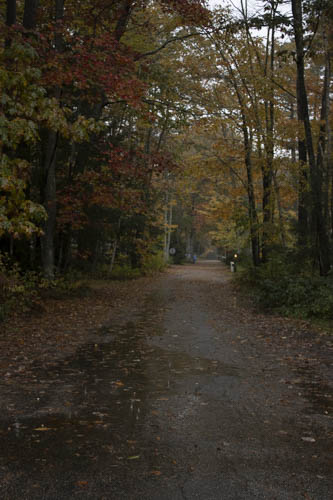Plant a tree for every dollar donated, 10,000 steps walked, or 50 Google searches made. Across the globe, tree-planting initiatives such as these campaigns have skyrocketed in response to the rising threat of climate change. Numerous organizations, from nonprofits to governments to businesses, plant billions of trees each year in the hopes of offsetting greenhouse gas emissions through carbon sequestration – the process by which plants capture and store atmospheric carbon dioxide. Through photosynthesis, trees uptake carbon dioxide and incorporate it into their biomass, thus reducing atmospheric concentrations and providing long-term carbon storage. Yet, an increasing number of commercial tree plantations are joining this effort, financed by various public and private organizations, and causing greater ecological harm than good.
These plantations have targeted the tropics in parts of South America, Asia, and Africa, whose climate and topography favor rapid plant growth, thus maximizing carbon capture potential. Tropical regions consist primarily of forests and savannas, both of which provide vital ecosystem services beyond carbon sequestration, such as water and nutrient cycling, pollination, and forage for livestock. In their natural form, these regions are home to rich communities of species. Meanwhile, monoculture plantations consist of large stands of the same tree species, many of which are non-native to the tropics, such as eucalyptus, teak, and pine. When these plantations replace deforested areas and intact grasslands, people and ecosystems suffer.
“Often referred to as “biological deserts,” monoculture tree plantations create a plethora of negative social and environmental impacts.”
Often referred to as “biological deserts,” monoculture tree plantations create a plethora of negative social and environmental impacts. These plantations frequently shift local community land ownership to private company holdings, thus displacing local communities and harming their livelihoods and access to resources. Ecological impacts include soil degradation, reductions in water availability, and greater susceptibility to fires and other disturbances. Additional consequences are increased invasion of nonnative plants into surrounding areas, increased risk of pest and disease prevalence, and loss of biodiversity. While developed nations are the primary carbon emitters, these detrimental effects greatly impact less developed countries where plantations are concentrated.
As plantations continue to encroach on tropical landscapes, these areas lose their diversity, both in the number of species present and the functional roles filled. These ecosystems are less resilient to future environmental disruptions, such as fires, storms, insects, and diseases, which is particularly concerning in the face of a changing climate. Moreover, monoculture plantations can reduce carbon storage abilities, especially in grasslands. Grasses are a significant belowground carbon sink. Planting trees shades out these light-adapted ground-level plants and shifts the ratio of carbon in the ecosystem to be predominantly aboveground. Aboveground carbon stores have a greater vulnerability of being released into the atmosphere when disturbances such as drought and fire occur.
The rise in monoculture plantations for carbon storage is the result of valuing ecosystems solely for their carbon sequestration abilities. Neglecting the overall well-being of ecosystems in favor of one attribute has detrimental environmental impacts and is ultimately less effective. A more balanced and productive alternative is to focus on restoring global ecosystems and maintaining them in their optimal states. Protecting ecosystem diversity enhances their stability and overall function, including their carbon sequestration potential among other essential services. Moreover, including local communities in these initiatives is essential to enacting successful and equitable change for all of Earth’s people and ecosystems.
Carbon sequestration is only one piece of the puzzle in addressing the current climate crisis. The Earth does not have enough land to offset all carbon dioxide emissions solely by planting trees. However, when combined with significant reductions in fossil fuel use, trees provide a promising part of the solution, as long as planting efforts consider broader social and ecological contexts.






